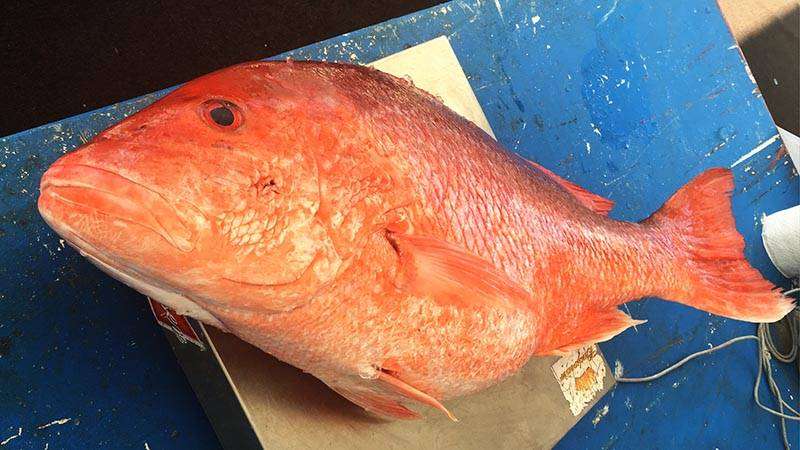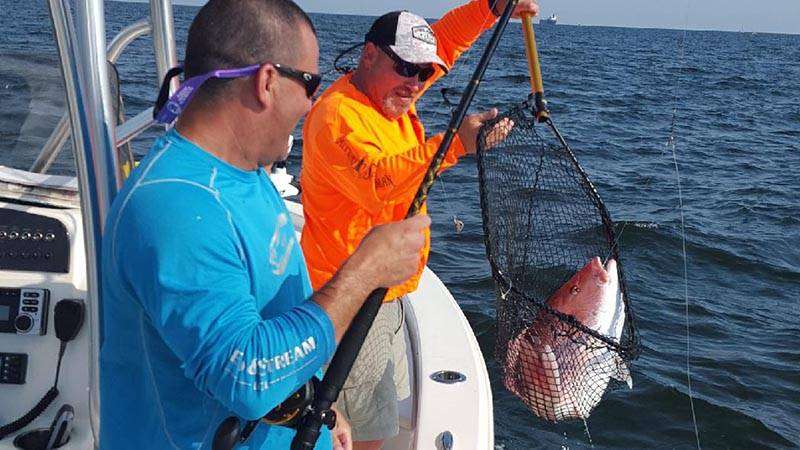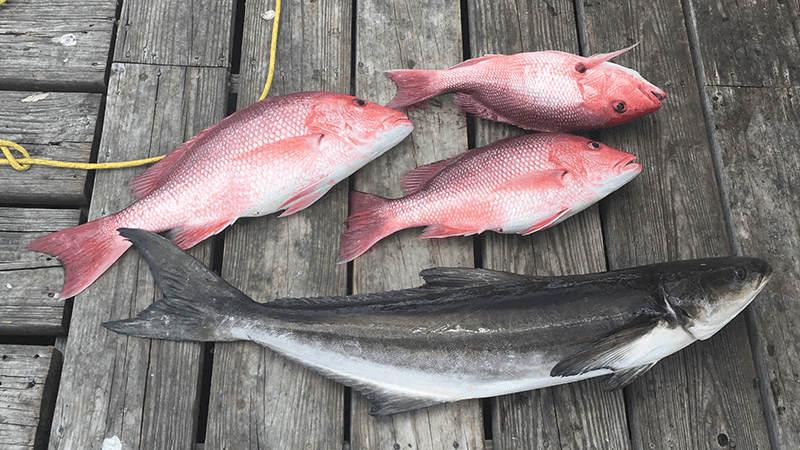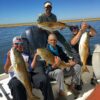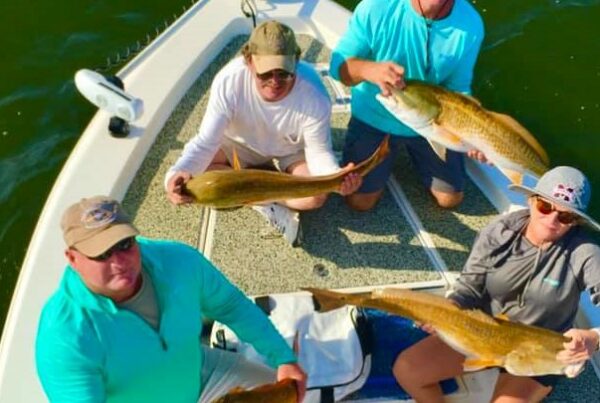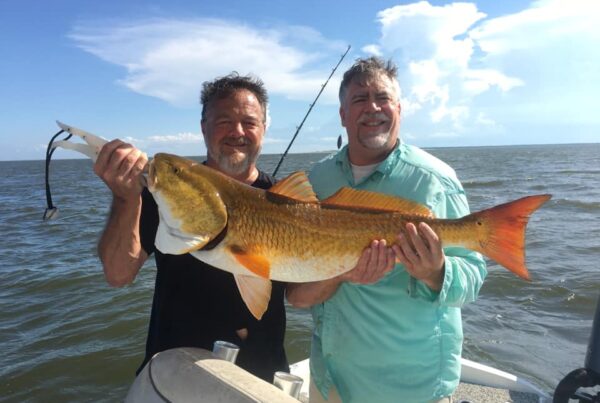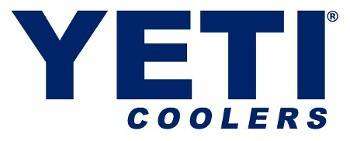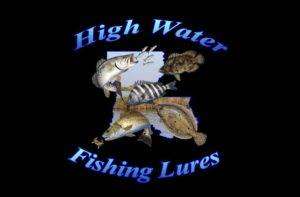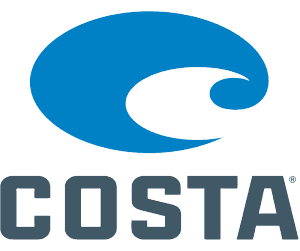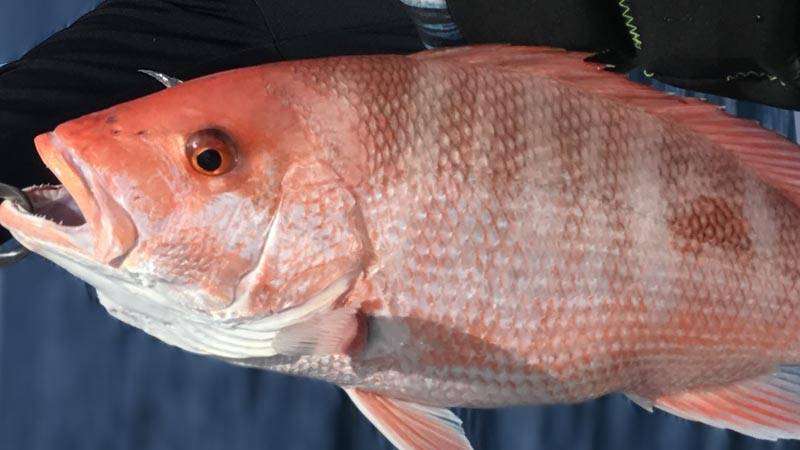
Last Updated on June 26, 2025 by Eric Bonneman
Red Snapper season off Louisiana’s coast is one of the most anticipated times of the year for nearshore fishermen. From late spring into summer, private recreational and charter anglers head out into the Gulf in search of these bright crimson fish that define Southern reef fishing. Summer offers peak access, calm seas, and aggressive fish behavior, making it one of the most productive and thrilling periods to target Red Snapper.
What is a Red Snapper?
Red Snapper (Lutjanus campechanus) is a reef-dwelling species native to the Gulf of Mexico and western Atlantic. These fish are easily identified by their vivid red color, streamlined body, and sharp dorsal fin. While juvenile snapper may be found closer to shore or around smaller structures, adult snapper concentrate near deep-water reefs, oil rigs, wrecks, and artificial structures where they school together in large numbers.
Red Snapper are prized not just for their size, routinely reaching 10 to 20 pounds, but also for their firm, white meat and excellent table quality. Their aggressive nature and raw strength make them one of the most enjoyable fish to catch on rod and reel.
Why Target Red Snapper in the Summer?
Summer is prime time for Red Snapper fishing in Louisiana. Water temperatures stabilize, baitfish become more abundant, and the fish are actively feeding. Calm weather windows make for safer and more comfortable trips offshore, allowing anglers to access deeper structures where larger snapper congregate. The summer months also align with the recreational Red Snapper season as set by Louisiana and federal authorities.
Beyond the technical factors, this time of year simply provides the best chance to enjoy a full day on the water. Long daylight hours, warm conditions, and good visibility all contribute to better fishing and a more enjoyable trip.
How to Catch Red Snapper
Red Snapper are structure-oriented and most often caught by bottom fishing over reefs, wrecks, and rigs. The most common methods include:
- Bottom Fishing with Live or Cut Bait: Threadfin herring, cigar minnows, squid, or chunks of cut bonito are dropped straight down on heavy tackle. This is the most consistent and effective method, especially for larger fish.
- Vertical Jigging: Metal jigs bounced up and down the water column can trigger strikes when snapper are suspended. This method is particularly effective when fish are off the bottom due to currents or feeding behavior.
- Chumming: Dropping cut bait into the water can bring snapper up from deeper spots, allowing for faster action and even the opportunity to catch them on lighter tackle.
Tackle usually involves stout conventional or spinning gear, 40 to 80 lb braided line, and fluorocarbon leaders in the 60 to 100 lb range. Circle hooks are required by regulation in most Gulf waters and help ensure better hooksets and safer releases.
What to Expect During a Red Snapper Trip
Red Snapper are aggressive and powerful. When they hit, they dive hard back toward the structure, requiring fast and firm hooksets and a strong pull away from the bottom. Expect to work hard for each fish, particularly if the current is strong or you’re dropping lines in deeper water.
Snapper fishing is often fast-paced, especially when the bite turns on. You’ll likely have several lines down at once, and double hookups are common. It’s not unusual to limit out quickly when on a good bite, especially aboard a well-equipped charter boat.
2025 Red Snapper Season and Regulations
As of June 8, 2025, Louisiana’s Department of Wildlife and Fisheries reports that only 37.7 percent of the state’s private recreational Red Snapper allocation has been harvested. That means over 60 percent of the quota, roughly 557,000 pounds, remains available and the season is still wide open.
- Season Dates: Began May 1, runs seven days a week in state and federal waters for private recreational anglers
- Bag Limit: 4 Red Snapper per person, per day
- Minimum Size: 16 inches total length
Recreational anglers must carry both a Louisiana Basic and Saltwater Recreational Fishing License as well as a Recreational Offshore Landing Permit (ROLP). This free permit can be registered online and must be available electronically or printed during the trip.
Federal regulations apply to for-hire charter vessels with reef fish permits:
- Federal Season: June 1 through September 16, federal waters only
- State Charter Boats Without Federal Permits: May fish in state waters only, within the 9-mile boundary, during the Louisiana recreational season
Federal law also requires anglers to have a venting tool or descending device rigged and ready to use while fishing for reef fish in federal waters. These tools reduce barotrauma and improve survival rates when fish are released. Louisiana encourages the use of descending devices in all offshore waters.
For those fishing aboard a Louisiana-based charter, a Louisiana Charter Fishing Permit is required. This is separate from your standard license and can be obtained through the Louisiana Department of Wildlife and Fisheries. More details are available at http://www.wlf.louisiana.gov/recreational-fishing-licenses.
Efficient Access to Productive Structure
One of the biggest advantages Louisiana fishermen have is proximity. Unlike other Gulf states where Red Snapper trips often require 40-mile runs, here you can be in 70 to 150 feet of water within 10 to 25 miles. Nearshore rigs, reef systems, and hard bottom zones consistently produce quality fish throughout the summer.
This allows more time fishing and less time running, which is a major benefit whether you’re running your own boat or heading out with a guide. The dense structure network also means if one spot slows down, you’re usually not far from another. Captains who work these areas daily know how to shift quickly and keep anglers on fish without losing time chasing distant coordinates.
Make the Most of What’s Left
As of June 8, just 37.7 percent of Louisiana’s Red Snapper allocation had been harvested. That leaves a sizable portion of the quota still on the table, but history shows how quickly things can change once fishing pressure increases and landings begin to spike. When the remaining weight is reached, the season shuts down without much warning, regardless of weather patterns or fishing plans still on the calendar.
Right now, nearshore structures are holding solid numbers of fish. Visibility is good, bait is active, and Snapper are feeding aggressively around both rigs and reef zones. For any fisherman looking to take advantage of prime conditions, this is a reliable window to get on the water, so book your Red Snapper trip with us at Legends of the Lower Marsh while the bite is still strong.

